From its conception in 1994 to its 25th year in UK circulation, the bimetallic £2 coin has championed innovation and brilliance. Featuring more than 50 commemorative designs during its time as a staple in everyday change, the reverse of the £2 coin has recognised and celebrated achievements in science, technology, sport and literature, as well as honouring key moments and events throughout British history.
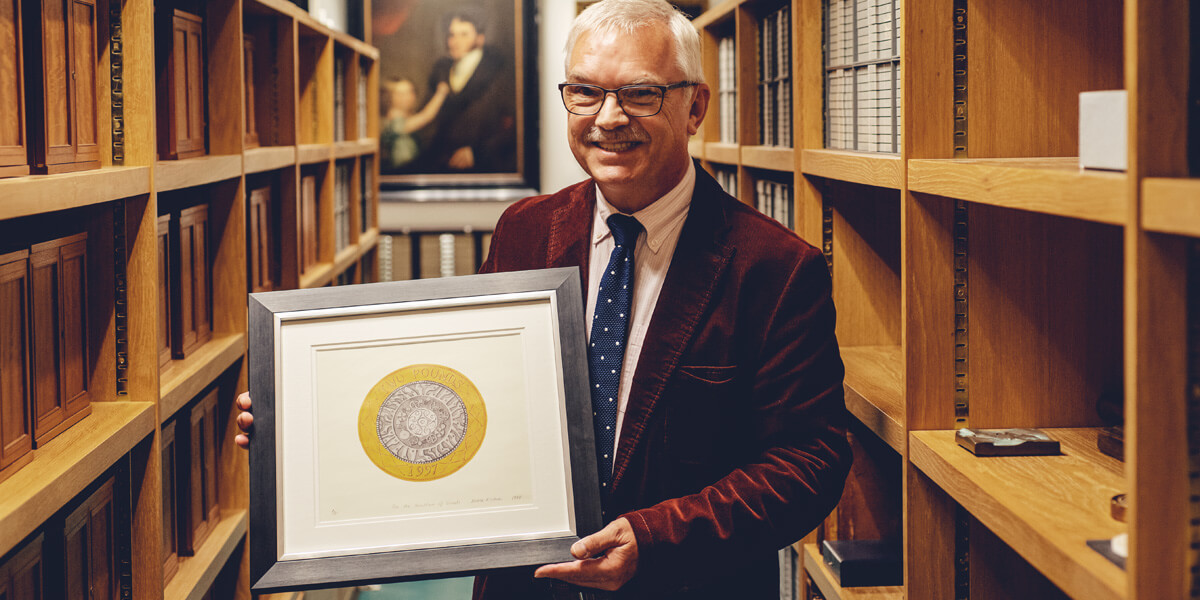
Struck in 1997, the original design for the reverse of the new coin was the first in this series to mark the scientific and cultural milestones of the nation. Produced as the result of an open competition in 1996, the winning design featured an abstract representation of the nation’s technological advancement: four concentric circles each depicting an age of innovation and development, from the Iron Age to the birth of the internet.
The design belonged to Bruce Rushin, an art teacher from Norfolk. We caught up with Bruce to find out more about this remarkable design.
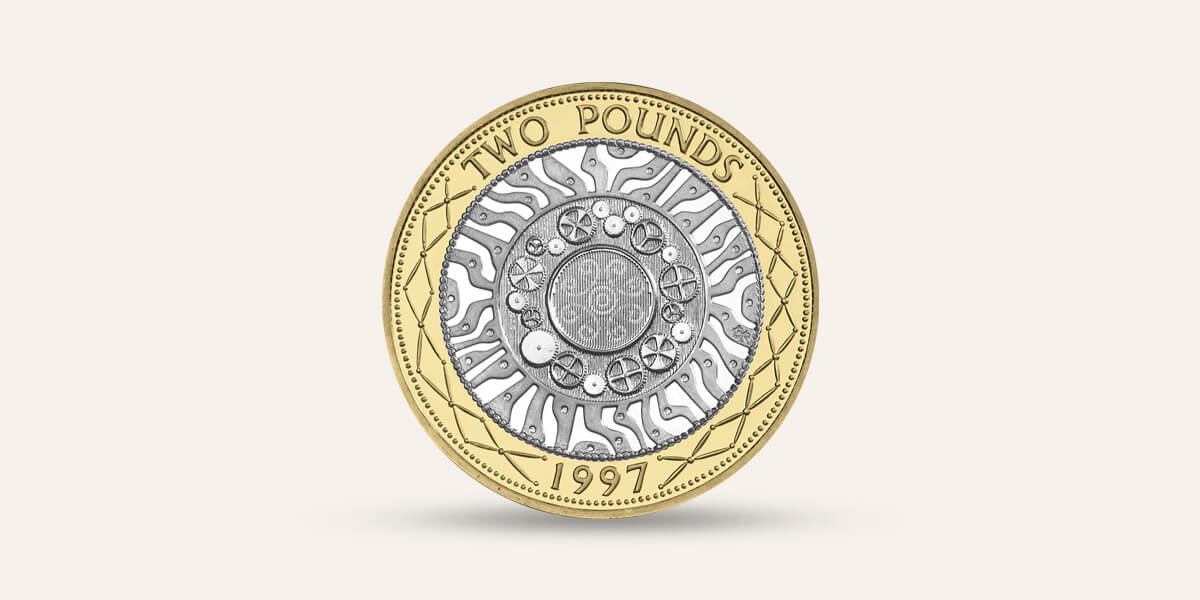
Where did you hear about the competition to design the reverse for the first £2 coin?
How did it feel when you found out that your design had been chosen to feature on the coin?
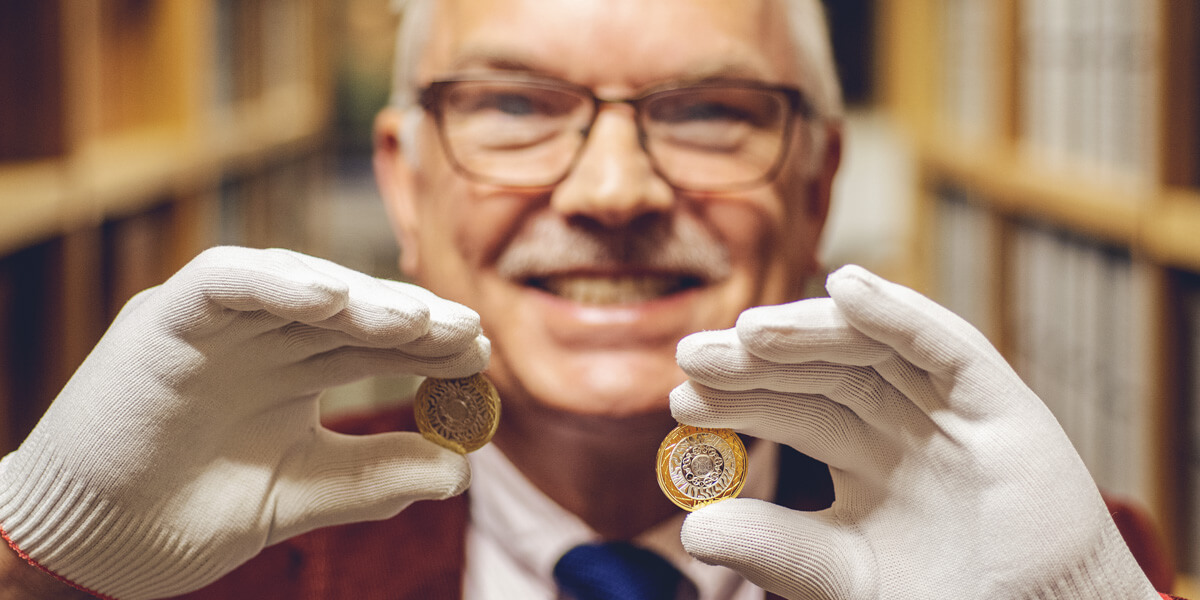
Do you have any personal connections to the subject matter?
How did you approach the initial design concept?
Did you undertake any research for the theme?
Could you talk us through any iterations that led you to the final design?
Were there any challenges you faced in creating the design?
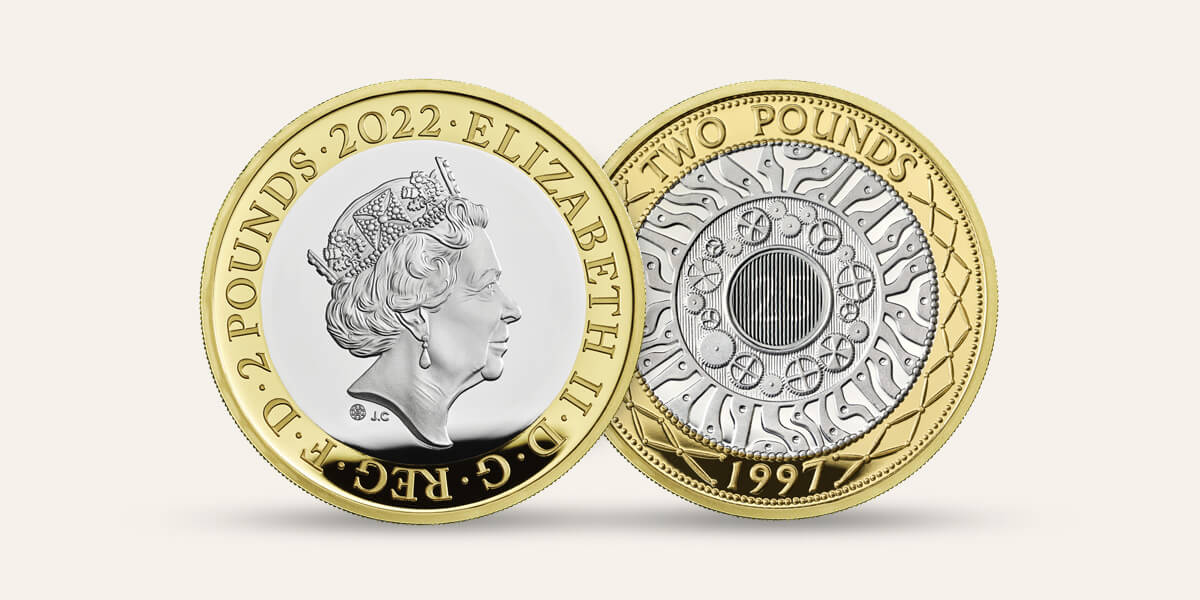
Related Articles
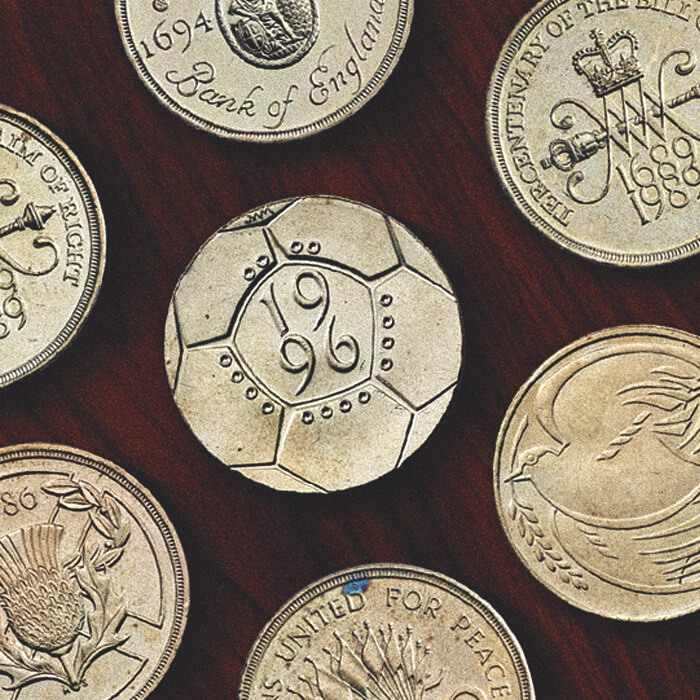
THE HISTORY OF THE £2 COIN
Read More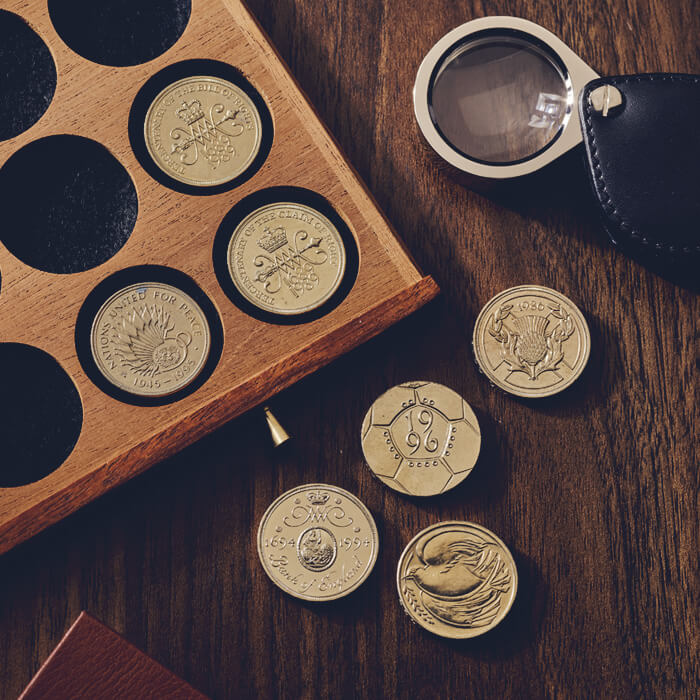
£2 COIN DESIGNS & SPECIFICATIONS
Discover £2 Coins



